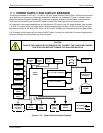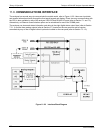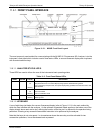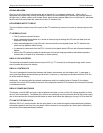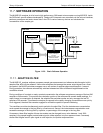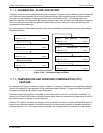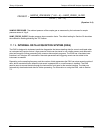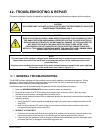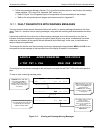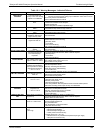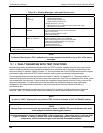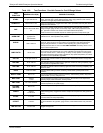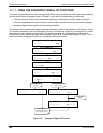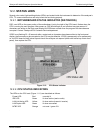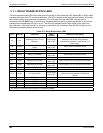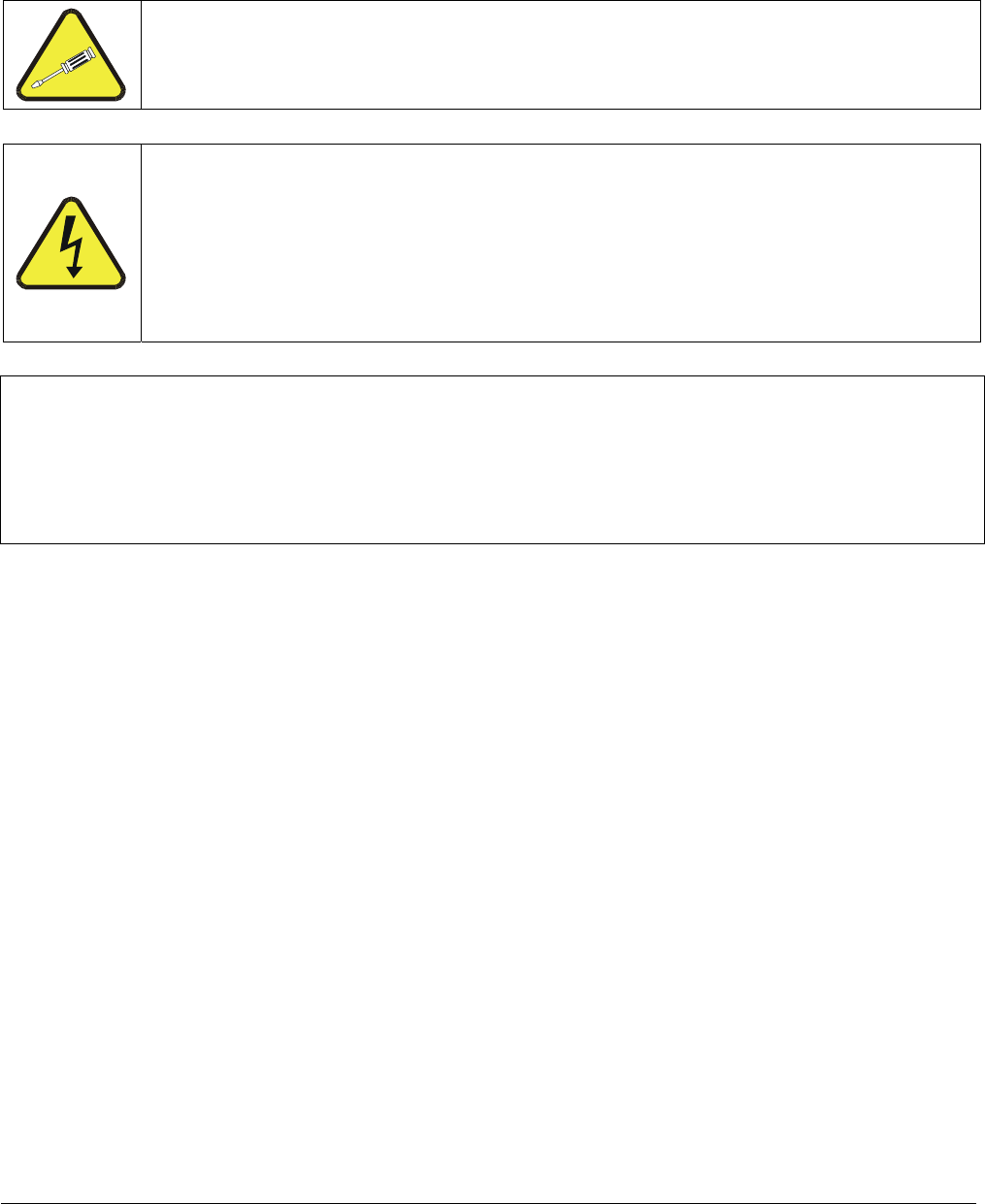
255
12. TROUBLESHOOTING & REPAIR
This section contains a variety of methods for identifying and solving performance problems with the analyzer.
CAUTION
THE OPERATIONS OUTLINED IN THIS CHAPTER MUST BE PERFORMED BY QUALIFIED
MAINTENANCE PERSONNEL ONLY.
CAUTION
RISK OF ELECTRICAL SHOCK. SOME OPERATIONS NEED TO BE CARRIED OUT WITH
THE ANALYZER OPEN AND RUNNING. EXERCISE CAUTION TO AVOID ELECTRICAL
SHOCKS AND ELECTROSTATIC OR MECHANICAL DAMAGE TO THE ANALYZER. DO
NOT DROP TOOLS INTO THE ANALYZER OR LEAVE THOSE AFTER YOUR
PROCEDURES. DO NOT SHORTEN OR TOUCH ELECTRIC CONNECTIONS WITH
METALLIC TOOLS WHILE OPERATING INSIDE THE ANALYZER. USE COMMON SENSE
WHEN OPERATING INSIDE A RUNNING ANALYZER.
NOTE
The front panel of the analyzer is hinged at the bottom and may be opened to gain access to various
components mounted on the panel itself or located near the front of the instrument (such as the
particulate filter).
A locking screw located at the top center of the panel and two fasteners located in the upper right and
left corners of the panel lock it shut (refer to Figure 3-1).
12.1. GENERAL TROUBLESHOOTING
The M100E has been designed so that problems can be rapidly detected, evaluated and repaired. During
operation, it continuously performs diagnostic tests and provides the ability to evaluate its key operating
parameters without disturbing monitoring operations.
A systematic approach to troubleshooting will generally consist of the following five steps:
1. Note any WARNING MESSAGES and take corrective action as necessary.
2. Examine the values of all TEST functions and compare them to factory values. Note any major
deviations from the factory values and take corrective action.
3. Use the internal electronic status LEDs to determine whether the electronic communication channels are
operating properly.
Verify that the DC power supplies are operating properly by checking the voltage test points on the
relay PCA.
Note that the analyzer’s DC power wiring is color-coded and these colors match the color of the
corresponding test points on the relay PCA.
4. SUSPECT A LEAK FIRST!
Customer service data indicate that the majority of all problems are eventually traced to leaks in the
internal pneumatics of the analyzer or the diluent gas and source gases delivery systems.
Check for gas flow problems such as clogged or blocked internal/external gas lines, damaged seals,
punctured gas lines, a damaged / malfunctioning pumps, etc.
04515F DCN6048



